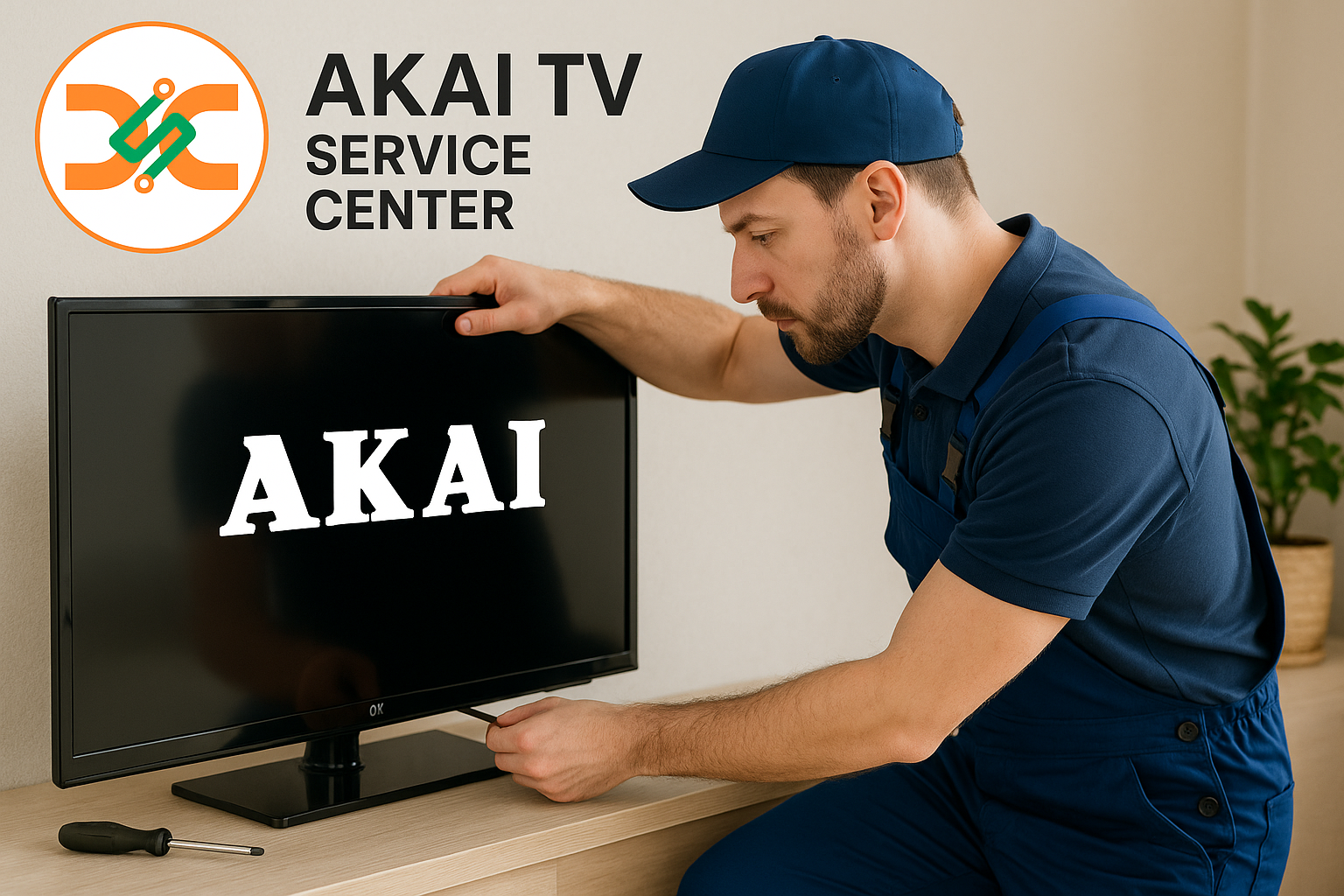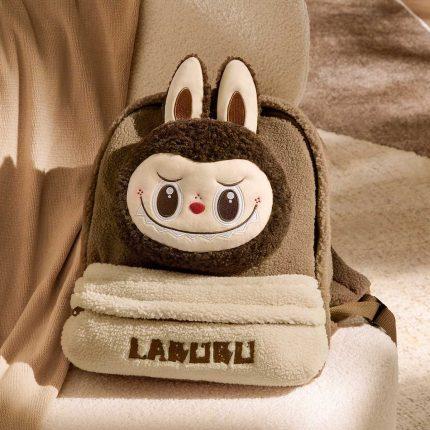The Economics of a Dead Car: Who Really Profits from Vehicle Recycling?

When a vehicle stops working or becomes too worn out to repair, most people think it has lost all its worth. But that is far from the truth. A car that can no longer run still holds parts, materials, and metals that carry value. In many ways, the recycling process of an old car opens the door to a new economic chain. Several parties stand to gain, and understanding this flow reveals how the industry works from the inside.
This article looks into the financial side of car recycling—how value is extracted from dead vehicles, where the money goes, and who actually profits in the end.https://cashmyscrapcar.com.au/
What Makes a Car “Dead”?
A car is often called “dead” when it can no longer operate safely or efficiently. This could be due to serious engine damage, failed transmissions, or structural damage that is too costly to repair. Cars that are written off after accidents also fall under this category.
In Australia, registration and roadworthy rules are strict. If a vehicle fails to meet legal safety standards or is too damaged to fix at a reasonable cost, it usually ends up off the road. For most owners, this is the point where recycling becomes the only practical path.
Where the Money Lies in Vehicle Recycling
Even a car that no longer runs has value hidden beneath the surface. Different parts of the vehicle enter different streams, and each one has its own role in the economy. Here is a breakdown:
1. Metal Recovery
About 65 to 75 per cent of a car’s body is made of steel. This steel is crushed, melted, and reused in industries like construction, manufacturing, and even shipbuilding. Scrap metal prices change based on the global market, but large quantities always bring returns to recyclers.
2. Parts Resale
Engines, gearboxes, alternators, batteries, wheels, doors, and lights can be removed and sold separately. These parts are often cleaned and sold to workshops or individual buyers. This resale market supports people trying to keep older vehicles running at lower costs.
3. Plastics and Fluids
Cars contain plastic panels, wiring, rubber, and fluids such as engine oil and coolant. Some of these can be filtered and reused. Others are handled safely to avoid harm to the environment. Although they hold less value, they still contribute to the chain of use.
The Players in the Recycling Chain
There are several players who handle a dead car once it leaves the owner’s hands. Each of them earns something from the process.
1. Car Removal Companies
These are the first point of contact for most owners. They collect the vehicle, often paying a price based on weight, condition, and market demand. They profit by reselling parts or passing the car to larger recycling facilities.
2. Scrapyards and Dismantlers
Scrapyards strip the car down. They sort out reusable parts, sell them, and then send the shell to be crushed. Their earnings come from parts sales and metal weight.
3. Metal Recyclers
These facilities process crushed vehicles. They melt down the metal and prepare it for new use. Their profit depends on metal prices and processing efficiency.
4. Parts Dealers and Exporters
Some parts are sold locally, while others go overseas. In many countries, especially in parts of Asia or Africa, used car parts from Australia are in high demand. Exporters make profits by shipping these parts abroad.
Environmental and Economic Link
Vehicle recycling is not only about profit. It is also tied to waste management and environmental care. Reusing materials cuts down on mining and reduces the energy needed to produce new metals. In Australia, this helps reduce landfill pressure and lowers the carbon footprint of the automotive sector.
At the same time, it supports jobs. From drivers who collect the cars, to mechanics who strip them, to people handling sales and transport—this process keeps many small and medium-sized businesses running.
Not All Cars Are Equal
The value of a dead car depends on many things. Age, make, model, condition, and market demand all play a part. A newer car with engine failure may bring in more than an older car in poor shape. Popular makes like Toyota or Holden tend to have better resale value in parts.
Some rare vehicles or classic models might be worth more if parted out, rather than scrapped entirely. This is where dismantlers with knowledge and skill make better returns than simple crushers.
From Driveway to Dismantling Yard
For many Australians, the decision to scrap a car comes after months or years of holding onto it. Once the car is no longer registered or working, it becomes a space issue or even a legal problem. That is when owners start looking for services that pay them for taking the vehicle away.
One such option that works across the metro and outer suburbs is Cash My Scrap Car. This service works with many makes and models, handling cars in all conditions. They provide Cash for Old Cars Sydney Wide, which makes it easier for owners to clear space and gain something in return. This also means the vehicle enters the proper recycling chain without delay, helping the next phase begin quickly.
Who Profits Most?
While it may look like car owners lose out, that is not always the case. The real value comes from choosing the right path for disposal. If the car is sold to someone who knows how to get the most out of it—through parts and metals—the owner gets a fair return.
Scrapyards and dismantlers make money by knowing what to strip, how to store it, and where to sell it. Metal recyclers work on large scales and rely on volume and market timing. Exporters focus on parts with overseas demand.
Each of these players earns based on knowledge, speed, and market links. The smarter they work, the more they get out of each vehicle.
Closing Thoughts
A dead car may look like a heap of junk, but the truth is more complex. Hidden beneath rust and dust is a series of materials and parts that still hold worth. From the moment it is collected to the final step of metal recovery, every part has a place in a working system.
Understanding who profits from this cycle helps car owners make better choices. By choosing the right time and the right way to part with a vehicle, people can walk away with something in hand while also feeding into an industry that supports recycling, jobs, and smart use of resources.





